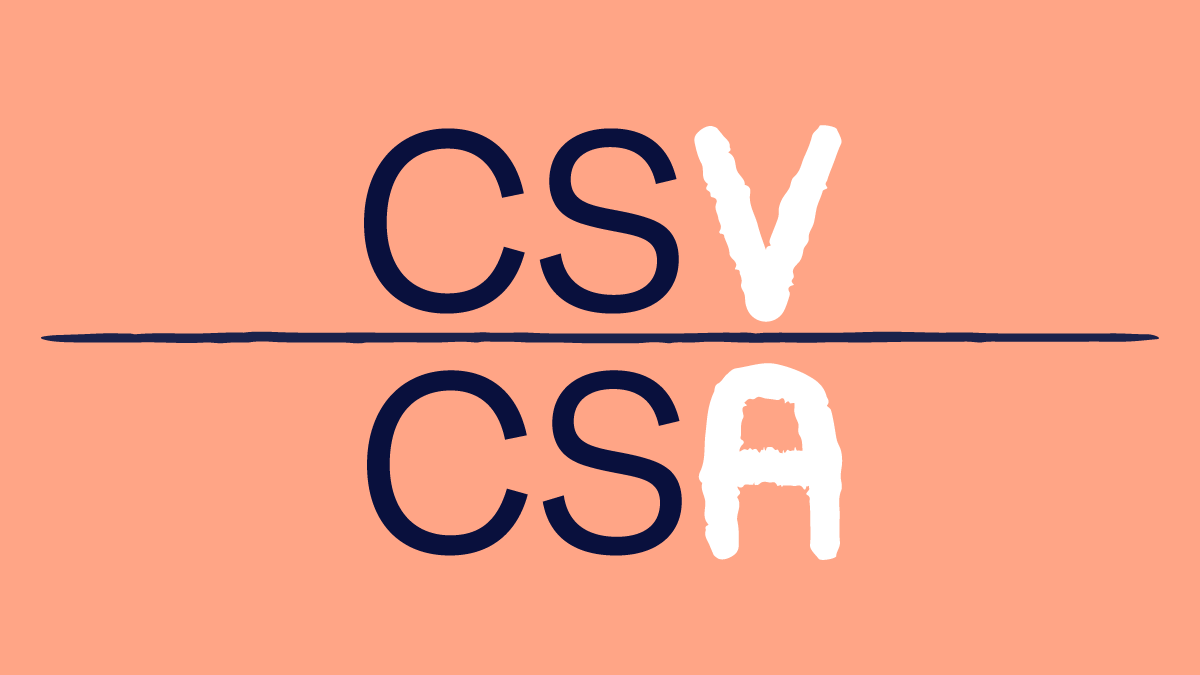
Validation is the process of establishing documented evidence that a process or system is reliable and suitable to fulfill its intended purpose.
In the life sciences, validation has historically been a static, document-centric process, relying on standalone paperwork to ensure proper operation. This traditional method is often time-consuming, rigid, inefficient, and difficult to maintain, which impedes the adoption of new technologies and processes.
However, the digitalization and technological advances of recent years have revolutionized these traditional validation methods. Embracing digitalization means shifting away from outdated practices.
In this post, we will explain how Validation 4.0 can effectively manage continuous changes that impact the state of control of systems and processes in the life sciences. We will also provide some suggestions to embrace Validation 4.0.
What is Validation 4.0, and why does it matter?
According to the International Society for Pharmaceutical Engineering (ISPE), Validation 4.0 is a dynamic, data-driven approach that incorporates several key elements: risk management, Quality by Design (QbD), data integrity by design, integrated environments, and integrated tools.
Validation 4.0 is an integral part of ISPE's broader Pharma 4.0 framework. This approach leverages the full potential of digitalization through a continuous cycle of development, delivering faster innovations for the benefit of patients.
In the early 2000s, the FDA's Process Analytical Technology initiative and ICH guidelines underscored the importance of the process life cycle. These regulatory frameworks emphasized that a robust validation strategy must incorporate a thorough understanding of process dynamics, including the definition of critical quality attributes (CQAs) and critical process parameters (CPPs). These elements are integral to process development, risk assessment, and overall process understanding.
Recommended reading: Discover why digital transformation is indispensable for the future of Pharmaceutical and MedTech companies.
During the pharmaceutical development stage, data serves as the foundation for process validation. Development outputs establish the baseline for processes and equipment, CQAs, and CPPs. Process and data maps are then employed to gain a comprehensive understanding of the risks associated with the process, illustrating information flow and relevance throughout the product life cycle.
This model allows for proactive process adjustments based on real-time predictions of the impact of changes. Through scientific and risk-based analysis, Validation 4.0 enables data-driven decision-making and ensures the state of control for agile processes, thereby guaranteeing the highest quality of products.
If you are using the traditional validation approach, keep an eye on the following approach, and get prepared to rethink your current validation strategy.

Stages of process validation in Validation 4.0
According to ISPE, Process validation under Validation 4.0 is typically divided into three main stages:
Stage 1: Holistic planning and design
This stage involves the development and understanding of the manufacturing process. It includes defining the process and data flow maps, process parameters, and establishing the control strategy. Key activities include the identification of CQAs and CPPs, and the use of risk assessment and QbD principles to ensure the process is capable of consistently delivering quality products.
Stage 2: Verification of controls
This stage aims to gather evidence that the controls defined in the holistic planning and design stage have been implemented and are effectively reducing the identified risks. In addition, automation is key to ensuring their efficiency and effectiveness.
Stage 3: Continuous verification of implemented controls
This stage focuses on the ongoing assurance that the process remains in a state of control during routine production. It involves continuous monitoring and evaluation of the process performance and product quality to detect any trends or deviations that could impact the product. This stage ensures that any necessary adjustments are made in a timely manner to maintain the validated state of the process.
By following these stages, pharmaceutical companies can ensure that their manufacturing processes are well-designed, thoroughly tested, and consistently controlled, thereby maintaining high standards of product quality and patient safety.
The key difference from traditional process validation is the increased focus on a holistic, data-centric approach that incorporates risk assessment and control strategies from the design stage, rather than just qualifying the process in stages 2 and 3
Implementing Validation 4.0: Challenges and Opportunities
In the current landscape of the life sciences industry, the adoption of Validation 4.0 presents both challenges and opportunities that are crucial for organizations aiming to enhance efficiency, compliance, and innovation.
With the integration of digital technologies and data-driven methodologies, Validation 4.0 represents a significant evolution in process validation. Although there are substantial benefits to Validation 4.0, there are also numerous challenges and opportunities involved.
Here are some examples of challenges:
Challenges
Adoption of New Technologies
For some organizations, implementing Validation 4.0 requires significant upfront investments in digital tools and methodologies.
Scilife’s recommendation: Implement phased investment plans and start with pilot projects to demonstrate benefits and value before scaling.
Data Integrity and Analytics
Real-time validation and continuous process verification are complex and require significant resources to ensure data integrity.
Scilife’s recommendation: In conjunction with staff training, we recommend the deployment of robust data management systems and automated monitoring tools.
Agility and Flexibility
Technology, regulations, and market demands can all change rapidly, making it difficult to implement flexible validation strategies.
Scilife’s recommendation: Implement flexible, scalable validation methods that can be easily adjusted or expanded as needed. These frameworks allow for changes and updates without overhauling the entire system, making it easier to adapt to new technologies, regulations, and market demands. For example, assess what is the most suitable type of validation for your company, continuous validation, risk-based validation, or modular validation.
Collaboration and Communication
It is difficult for organizations with siloed structures to enhance communication and collaboration through digital platforms.
Scilife’s recommendation: Use integrated digital platforms, such as an eQMS, and form cross-functional teams to break down silos and enhance communication.
Now, it’s time to discuss the opportunities of Validation 4.0.
Opportunities
Validation 4.0 offers several opportunities, including delivering products faster to patients by automating and streamlining self-optimising validation tasks, reducing human error, and increasing efficiency.
Merging validation 4.0 with modern technology enables a holistic approach to validation, covering the qualification of equipment, control systems, computer systems, processes, and analytical technologies and methods.
A holistic approach to validation improves efficiency, making better use of resources, and removing documentation silos.
For example, automation and cloud computing facilitate real-time monitoring and tracking of validation progress, enhancing efficiency and cost-effectiveness for organizations in their validation efforts.
Additionally, validation 4.0 can improve compliance by leveraging real-time data creation, sharing, and interpretation to strengthen data integrity and achieve higher levels of quality management.
Furthermore, it can enhance product quality by implementing continuous process verification and real-time validation, which can reduce process variability.
Finally, it enables data-driven decision-making by leveraging data analytics for real-time validation and continuous process verification, providing better insights and improving overall efficiency.
Aspects of Validation 4.0: How to move beyond process validation
Validation 4.0 represents a significant evolution from traditional process validation, incorporating several key elements that leverage digitalization and advanced technologies.
Let’s explore these aspects in detail.
Embrace digitalization
Validation 4.0 underscores the importance of digital tools in automating and streamlining validation tasks. By reducing human intervention, digitalization minimizes human error and enhances efficiency. Automated systems can handle repetitive tasks, freeing up resources for more strategic activities. Moreover, digital tools improve collaboration and communication across departments and with regulatory bodies, boosting overall operational efficiency.
Data integrity and analytics
A critical component of Validation 4.0 is the focus on data integrity and analytics. Utilizing data analytics allows organizations to perform real-time validation and continuous process verification, ensuring consistent product quality and compliance. Continuous monitoring of process performance and product quality helps in identifying trends or deviations early, preventing potential issues. Real-time data creation, sharing, and interpretation bolster data integrity and inspection readiness, enhancing compliance.
Recommended reading: Explore the transformative power of data integrity in Pharma 4.0. Dive deeper into its role in safeguarding precision and innovation in pharmaceutical advancements.
Agility and collaboration
Validation 4.0 also promotes agility and collaboration. Agile validation strategies are adaptable to technological changes, regulatory updates, and market demands, ensuring that processes remain effective and relevant.
For example, digital platforms provide a centralized space where cross-departmental teams can easily share information, documents, and updates related to validation processes. This real-time collaboration enhances communication and coordination, allowing teams to work together more efficiently and effectively. It also reduces the risk of errors and delays by providing a transparent and accessible platform for all stakeholders involved in the validation process.
Agile validation strategies can adapt to changes in technology, regulations, and market demands, ensuring that processes remain relevant and effective.
Holistic approach
A holistic approach integrates validation with other quality systems and processes, ensuring a cohesive and harmonized approach to quality management. For example, by integrating the Internet of Things (IoT) and artificial intelligence (AI) into validation processes, companies can gather real-time data from IoT devices and use AI algorithms to analyze and interpret the data. This enables faster and more accurate validation, reduces the risk of errors, and increases operational efficiency. AI can also automate certain validation tasks, freeing up resources and allowing validation teams to focus on more complex and strategic activities.
Risk-based approach
The Validation 4.0 approach focuses on quality risk management (QRM) and quality by design (QbD) principles to ensure consistent quality products are delivered to patients. QRM and QbD enable organizations to identify critical quality attributes and process parameters, and then implement control strategies to mitigate risks throughout the product lifecycle.
Continuous process verification
Continuous process verification is another crucial aspect of Validation 4.0. This involves the ongoing monitoring of process performance and product quality to detect any trends or deviations that could impact the product. By continuously verifying the process remains in a state of control during routine production, organizations can quickly identify and address any issues, ensuring consistent product quality. This real-time validation approach is enabled by the integration of the Internet of Things (IoT) and artificial intelligence (AI), which provide the tools to collect, analyze, and interpret data in near real-time.
Scilife Tips
As you navigate the implementation of Validation 4.0 in the life sciences, consider the following tips to optimize your approach:
Begin with phased investment plans and pilot projects to demonstrate the benefits and value of Validation 4.0 before scaling across your organization. This approach allows you to manage upfront costs effectively while showcasing tangible improvements in efficiency and compliance.
Invest in robust data management systems and automated monitoring tools to ensure data integrity throughout real-time validation and continuous process verification. Combine these technologies with comprehensive staff training to leverage data analytics effectively for decision-making and compliance.
Implement flexible and scalable validation methods that can adapt to rapid technological advancements, regulatory changes, and evolving market demands. By doing so, you can maintain agility in your validation processes and swiftly incorporate new technologies like continuous, risk-based, or modular validation as per your organizational needs.
Utilize integrated digital platforms such as electronic Quality Management Systems (eQMS) to break down organizational silos. Form cross-functional teams that can collaborate seamlessly, improving communication and efficiency across validation processes.
Conclusion
Validation 4.0 represents a paradigm shift in the life sciences, moving away from traditional, document-centric approaches to more dynamic, data-driven methodologies. By integrating digital technologies, risk management principles, and continuous verification strategies.
Embracing Validation 4.0 not only accelerates product delivery to patients but also fosters a culture of innovation and adaptability within the life sciences. As organizations adopt phased investment plans, prioritize data integrity, implement agile validation strategies, and enhance collaboration through digital platforms, they can navigate the complexities of modern regulatory landscapes with confidence.
The key takeaways are:
- Streamlined validation processes reduce time-to-market while ensuring adherence to regulatory standards.
- Agile validation strategies enable rapid adaptation to technological advancements and regulatory updates.
-
Real-time data analytics and continuous process verification uphold product quality and data integrity, enhancing patient safety.






